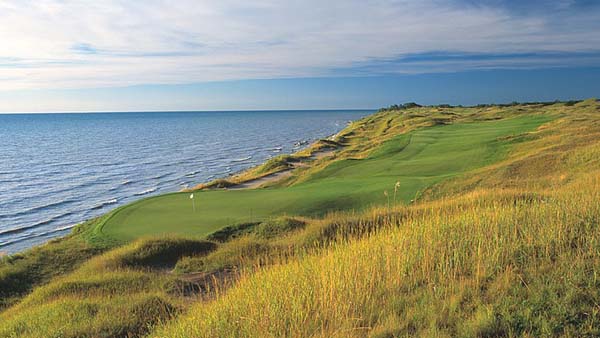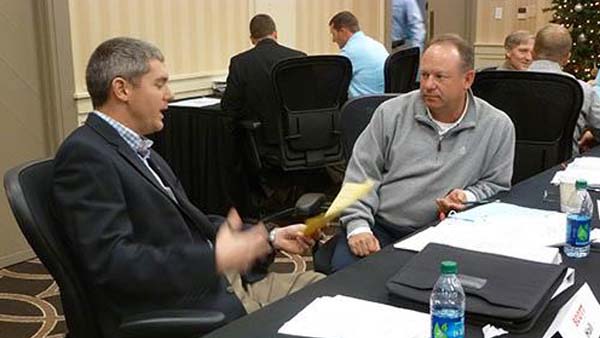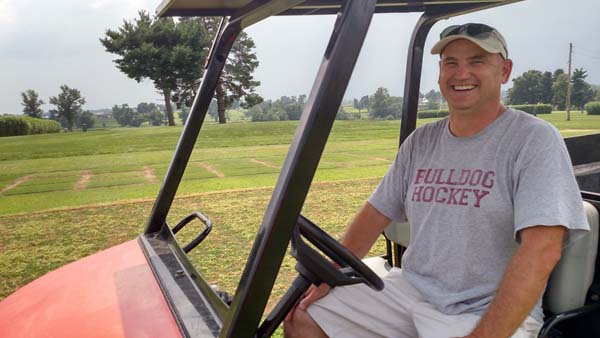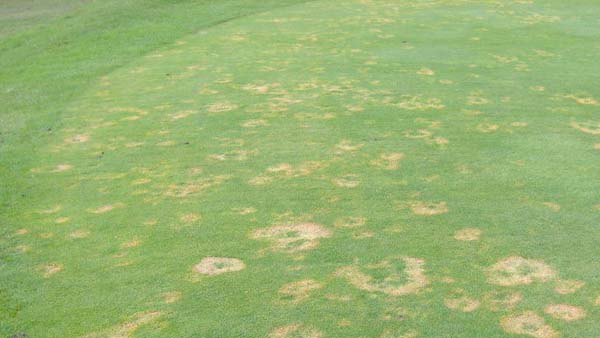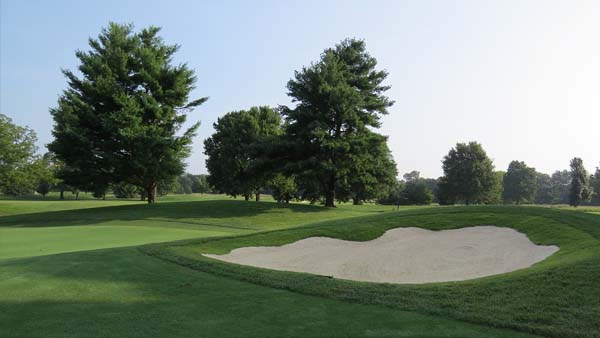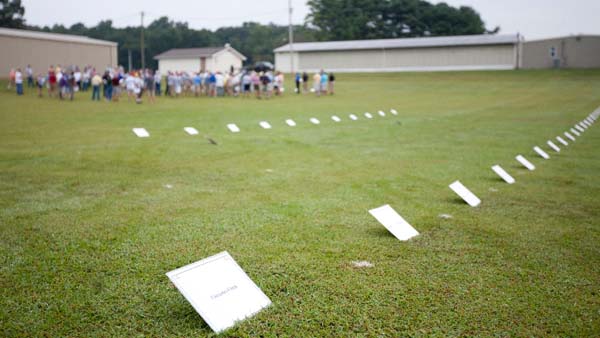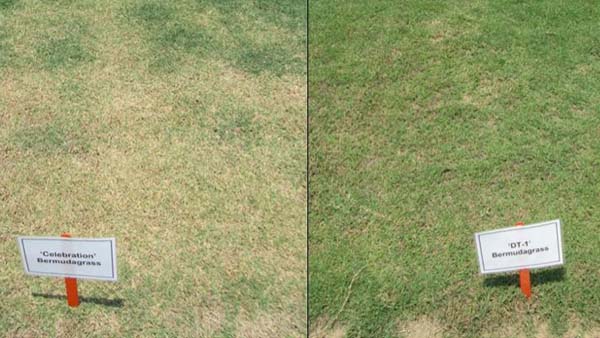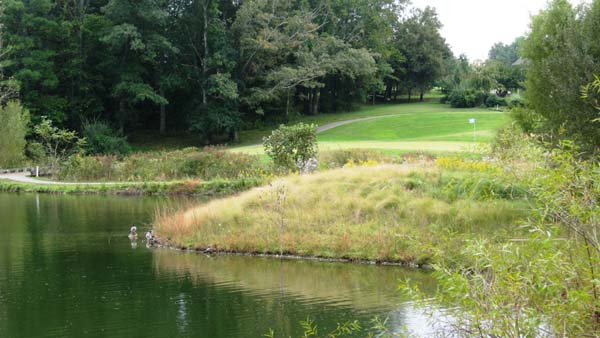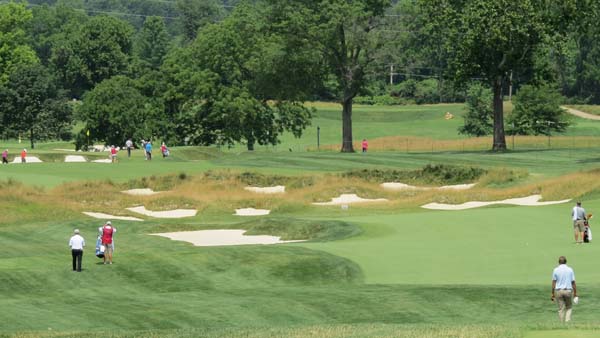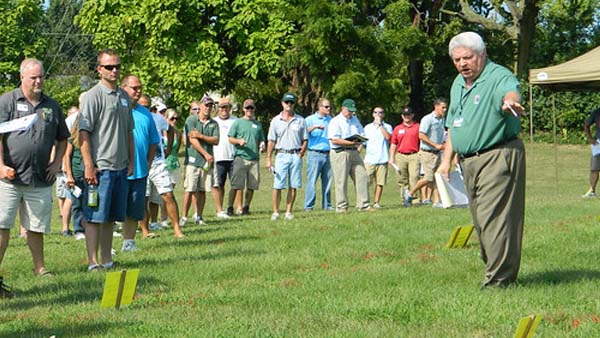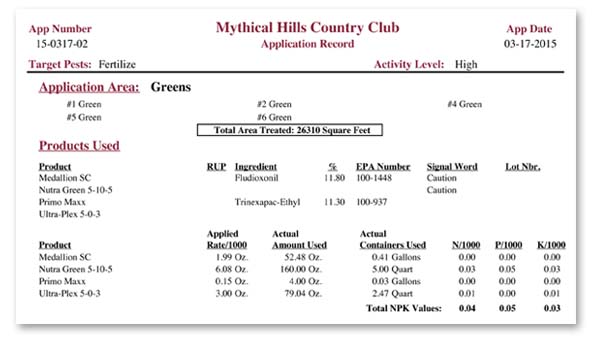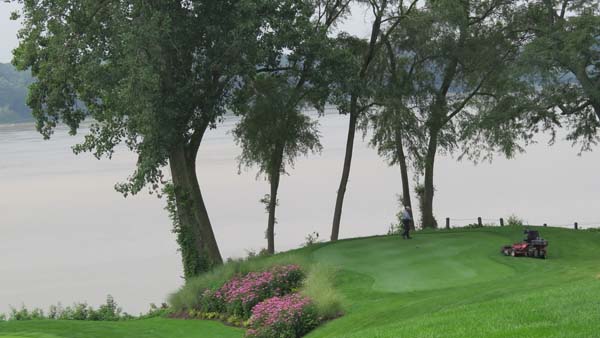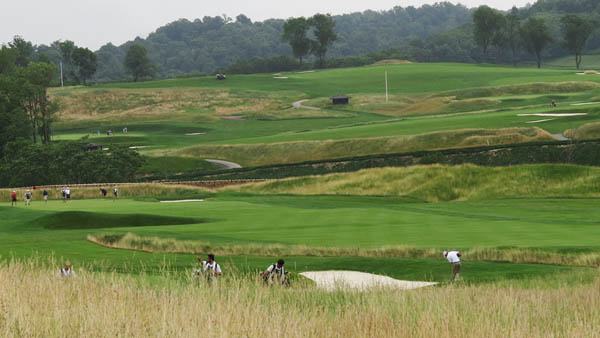
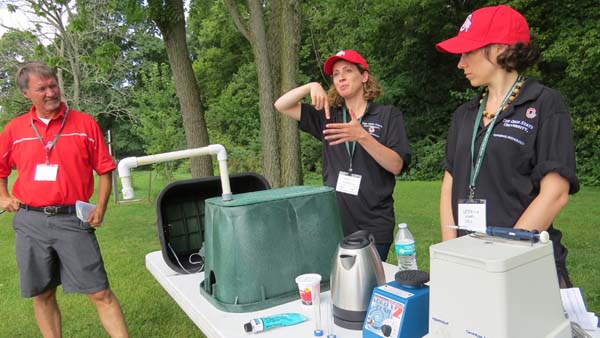
When Ohio State University turf pathologist Joe Rimelspach, Ph.D., was preparing handouts for this year's Ohio Turfgrass Foundation/Ohio State Turfgrass Research Field Day, he printed out copies of a cheat sheet he first drafted for golf course superintendents . . . in 1995. Entitled "Factors Noted in 1995 on Golf Courses That Successfully Maintained Turfgrass" the sheet simply is a list of 30 practices that helped golf course superintendents maintain healthy turf 20 years ago. While a few things on the list have changed - no one at this year's field day admitted to still using water-injection aeration, and spikeless shoes no longer are "new" - most of the items on the list remain common sense advice even today, including raising mowing heights and adjusting clean-up passes prior to periods of anticipated stress. The take-home message Rimelspach tries to impart on superintendents today is much the same as it was 20 years ago: that preventing diseases in turf is a whole lot easier than treating one after an outbreak. And that message of prevention over cure is one he and Todd Hicks, program coordinator for the turfgrass pathology program at Ohio State, were delivering in 1-2 punch fashion at field day. "Some things have changed in 20 years," Rimelspach said. "The main things are the expectations on golf courses have just gone higher and higher with green speeds, etc., which equates to a solid future for people like Todd and me, because there will be more and more diseases with these pressures put on the turf. "People who were successful (in 1995), were those who did things prior to injury. Once you see decline, the horse has run away." At the other end of the turfgrass research center, Francesca Peduto-Hand, Ph.D., associate professor of turfgrass pathology at Ohio State, had a similar message of prevention, not cure. She and Caterina Villari, a post-doctoral researcher in turf pathology, were demonstrating a spore trap that one day might provide turf managers with a economical and easy-to-use tool for detecting fungal pathogens long before the presence of disease outbreak in the field. Collecting spores and determining the presence of pathogens, a process she used to forewarn California vintners of powdery mildew when she worked at UC, Davis, is a process that, in 40 minutes or less, collects spores and subjects them to a DNA-extraction process. The system includes a battery-driven collection device in which two tiny, stainless steel rods slathered in packing grease are attached to a spinning bar. The spinning action creates a vortex that draws up just about anything that is in the turf canopy below. The rods are placed in vials containing a solution that aids in the DNA-extraction process, then boiled for 5 minutes, shaken and finally spun in a centrifuge. A small amount of the solution is then placed in a reagent which tells the superintendent whether a pathogen is present and how much, giving an indication of whether disease outbreak is imminent. The process tested during field day was to detect for gray leaf spot, but Peduto-Hand said she is working to perfect the system to detect all major fungal pathogens common throughout Ohio. The collection process can be completed in 10-15 minutes, and the extraction can be completed with results sent to the user's smart phone or tablet within 30 minutes. Peduto-Hand said she can train a superintendent to use the system in less than one hour. She hopes to have the system ready for widespread use within a year or two. A tool that is both economical and easy to use and provides a glimpse into the presence of pathogens before disease outbreak could help superintendents get a jump on disease control. A field day test of the system showed a scant 50 spores of the gray leaf spot pathogen Pyricularia grisea. "If we can detect 50 spores flying around in the air, we probably are detecting the pathogen before it is showing any symptoms in the field," Villari said. It also could help superintendents make better use of their fungicide stock, and thus help them maximize their budget potential. "The reason we are doing this is to try to diminish the number of fungicide applications out there on golf courses or in athletic fields," Peduto-Hand said. "We are trying to avoid calendar-based management and go on to management actually drive by detection of the pathogen. Until that system is perfected, Hicks makes a good case for preventive fungicide applications, especially during a hot, wet summer in which conditions are perfect for multiple diseases. Once turf becomes a disease host, it can be perpetually vulnerable in the future, he said. "Once one disease comes in, it's a multiplex," Hicks said. "Summer patch comes in on top of dollar spot, or vice-versa. They seem to marry off each other. Once you get an area that is weakened and susceptible, it's like that three-legged zebra that every lion on the safari is looking to eat, because he's susceptible to being eaten. It's the same with turf. "What's better? Do you spray now and have a good season, or wait until you have an outbreak, try to cure it, spend a lot of money and get a bunch of crap from your GM, the owner, the golfers and have a horrible rest of the season? Take care of it now. Preventative is always the way to go."
- Read more...
- 3,359 views

